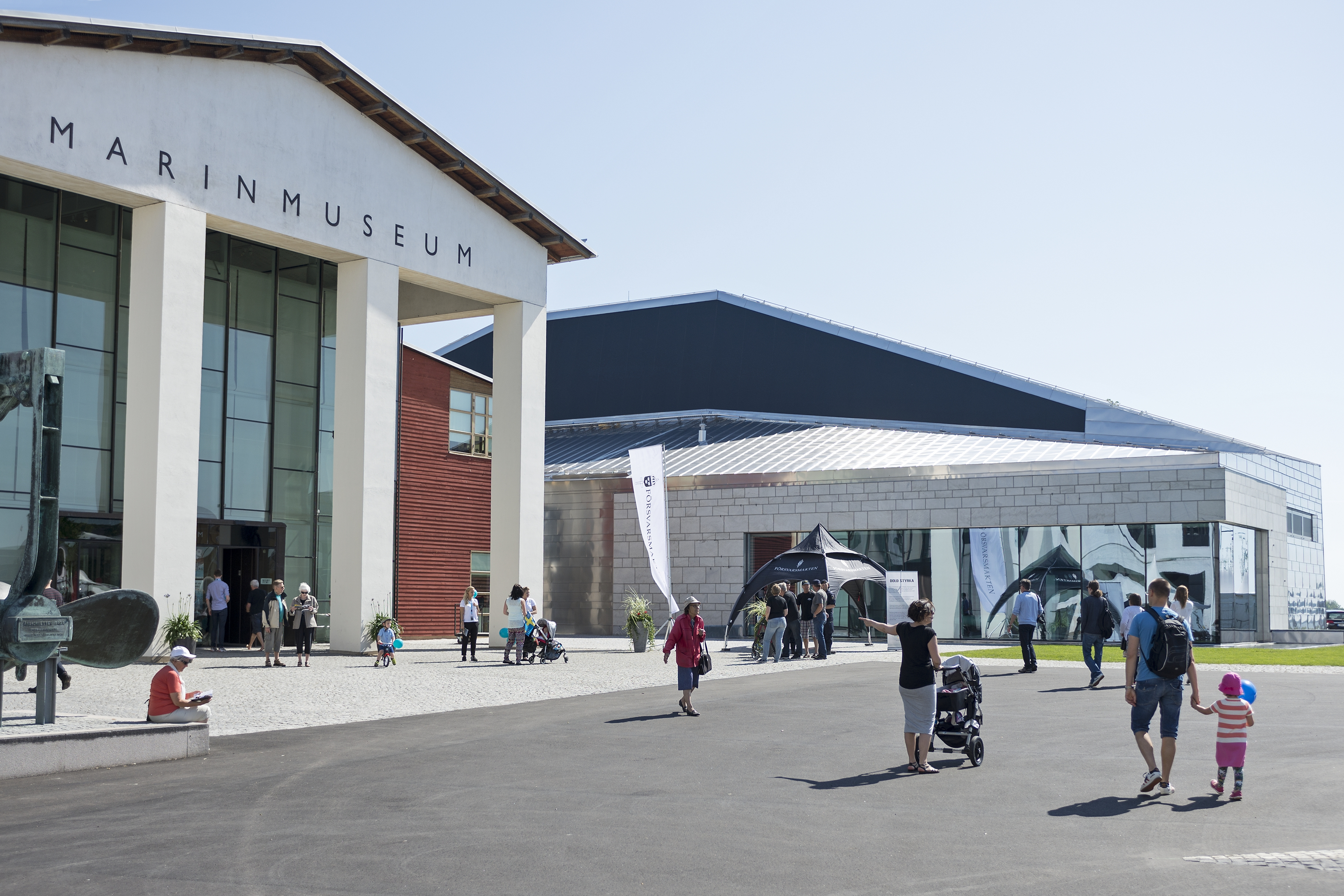
About the museum
The Naval Museum in Karlskrona is Sweden’s national museum for the history of Swedish naval defence, from 1522 to the present day.
The Naval Museum is one of southeastern Sweden's largest visitor destinations, with over 300,000 visitors annually. The Naval Museum was named Museum of the Year in Sweden in 2015.
From model chamber to museum
The Naval Museum dates back to 1752, when the Model Chamber in Karlskrona was founded by King Adolf Fredrik. The Model Chamber contained models of ships and structures that were used to test technical solutions and new types of ships. Some objects were also specially made for display.
At the end of the 1700s, there were two model chambers in Karlskrona. There was a ship model chamber that displayed models of ships, buildings and technical equipment, as well as an artillery model chamber with models of cannons, ammunition and other armaments.
In 1928, the model chambers were merged under the name the Shipyard Museum in Karlskrona (Varvsmuseum i Karlskrona). Parts of the collections are now on display at the Naval Museum.
Modern history of the Naval Museum
Today’s Naval Museum is located on the island of Stumholmen and was opened in 1997 by King Carl XVI Gustaf. Prior to this, the museum was located in the former ship’s boy barracks (Skeppsgossekasernen) in the Örlogshamnen naval harbour. The museum was known as the Shipyard Museum (Varvsmuseet) until 1963.
Nowadays, the models are just a small part of the artefacts on display at the museum. More than 20 exhibitions take visitors on a journey from the 1500s to the days of the Cold War. The Figurehead Hall is home to a unique collection of figureheads, large wooden sculptures that sat on the bows of Swedish warships. In the Submarine Hall, visitors can see the Swedish Navy’s first submarine, Hajen (The Shark) from 1904, and climb aboard the submarine Neptune from the days of the Cold War. The museum ships Bremön, Västervik and Jarramas are moored at the dock of the Naval Museum.
Part of Swedish National Maritime and Transport Museums
The Naval Museum is part of the government agency Swedish National Maritime and Transport Museums (SMTM). This agency also manages and develops the Maritime Museum, the Vasa Museum and Vrak – Museum of Wrecks in Stockholm, as well as the Swedish Railway Museum in Gävle.
